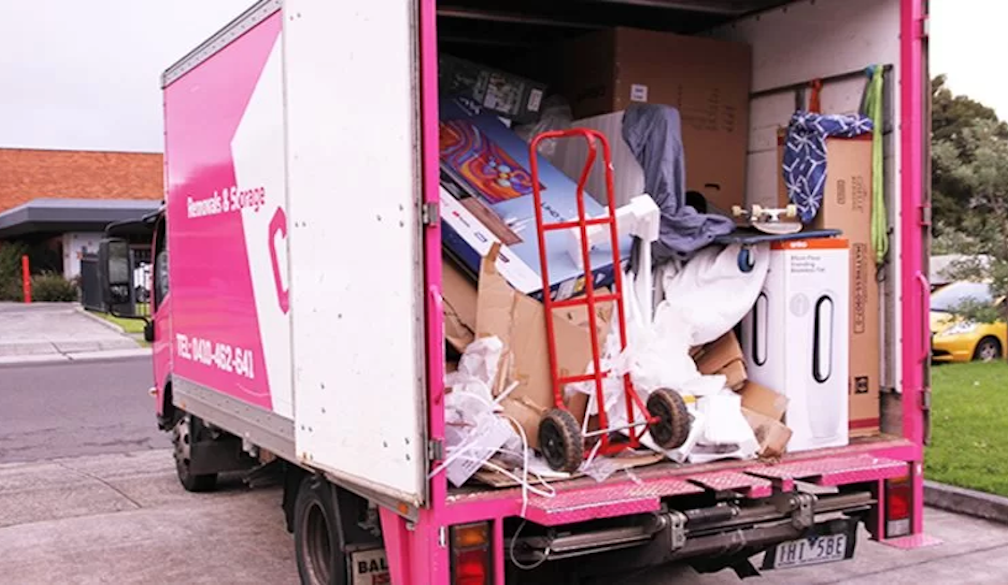Six weeks to evolve your local business
- Written by Dave Scheine, Country Manager, Australia at Podium

Over the last two years, thousands of local businesses have been focused on survival not success. The pandemic put big ambitions, new products or services and exciting growth strategies on hold. Just as the short-term volatility had appeared to plateau, the medium to long-term impacts have kicked in. Today, standing in the way of local business growth is a cost-of-living crisis, interest rate hikes and increasing inflation. Rarely have the challenges been greater.
However, during a career dedicated to local business – including at Google and today Podium – I’ve learnt that innovation, adaptability and endurance is deep-rooted in businesses like yours. Many of these businesses will be approaching the new financial year as an opportunity to rekindle those big ambitions and growth strategies the pandemic put on hold. However, it can be difficult to know where to start. That is, until you break your pursuit of the big picture down into smaller, manageable and short-term steps. In just six steps and six weeks, you can build the digital foundation your business needs, whatever your goals look like.
Step one: SWOT Analysis
In the first week, start with a simple SWOT analysis of your business’ strengths, weaknesses, opportunities and threats. There are few better times to analyse your business, and especially its approach to digitisation and technology, than a new financial year. When carrying out your SWOT analysis, think and act like your customers. That means searching for and engaging with your business online. If your analysis is thorough and effective, you'll be able to identify what’s effective, ineffective and where to focus during the steps and weeks ahead.
Step two: Reviews
With a SWOT analysis as your foundation, dedicate week two to investigating your online reviews. Word of mouth is the lifeblood of local business, and today it exists online as much, if not more so, than the highstreet. In fact, according to Podium data, the vast majority of Australians (84%) are influenced by online reviews, while a quarter will read reviews while standing outside your business before deciding whether to enter. Don’t underestimate its power to make or break a business.
Look at the quantity and quality of your online reviews, where they’re coming from and how customers rate you on each platform – from Google and TripAdvisor to industry-specific platforms. When you have better clarity, it’s easier to optimise your reviews by guiding customers to leave reviews on the right platforms as soon as they’ve engaged with your business. Through Podium, you can invite happy customers to leave reviews in no time, turning them into relatable brand ambassadors in a matter of clicks.
Step three: Customer interactions
In saturated markets, it can be difficult to differentiate yourself on price or product. Instead, try to differentiate yourself based on convenience and efficiency – non-negotiables for consumers today. So during week three, focus on how you interact with them. Ask yourself how they reach you? What interaction options do you provide? While there’s still a place for traditional digital means, email can be slow and most people prefer avoiding phone calls. Almost nine in ten Australians own a smartphone (86%), and text messages have a 98% open rate. So why not offer business-to-consumer interactions which appeal to their need for convenience and your business’ desire for efficiency? In addition to SMS, online web chat and direct messaging via social media are effective, instant and easy for consumers. Through Podium, every channel can be integrated into one easy-to-use inbox.
Step four: Website
In week four, think about your website. There’s little contention that websites are valuable for local businesses today, but there’s a big difference between an optimised site and a non-optimised site. An optimised website doesn’t just attract leads, it converts them. The average website converts up to five per cent of traffic, meaning 95% of visitors leave before you can convert them. An optimised website utilises tools like Webchat, to engage visitors immediately when they visit your site. By answering questions, directing them to important pages or facilitating a purchase or consultation, Webchat can deliver 11x more leads for your website. Engaging them is one thing, acquiring them is another altogether. Then set up Google Analytics, a free tool that tracks your website traffic and offers insights to help you evaluate its performance.
Step five: Search engine optimisation
Next, create a local SEO (Search Engine Optimisation) strategy to make your business easy to find online. Your Google Business Profile is an essential online hub that allows you to collect reviews, provide essential information and act as the forefront of your online presence. Ensuring your business appears on Google Maps will boost your local footprint too, especially as the rate of ‘x business near me’ searches increases. Finally, populate your website with keywords or phrases that people might search for, like ‘Commercial real estate Cronulla’ or ‘Melbourne specialist guitars’. The more you ‘optimise’ your website for SEO, the easier it is for people to find you.
Step six: Marketing technology
Finally, focus on marketing through technology. Assess how tech can be built into your existing strategy. Consider how your potential customers behave when searching for your products or services. Then think about how you capture, track and convert leads, and analyse your marketing success. Finally, think about your audience, product or service, and business goals, to determine whether social media can take your marketing to the next level.
In competitive markets and challenging times, local businesses need a digital strategy. While your marketing must be an always-on function, by laying the groundwork through these six steps now, you’ll create the foundations on which your local business can make those goals and ambitions more realistic.









